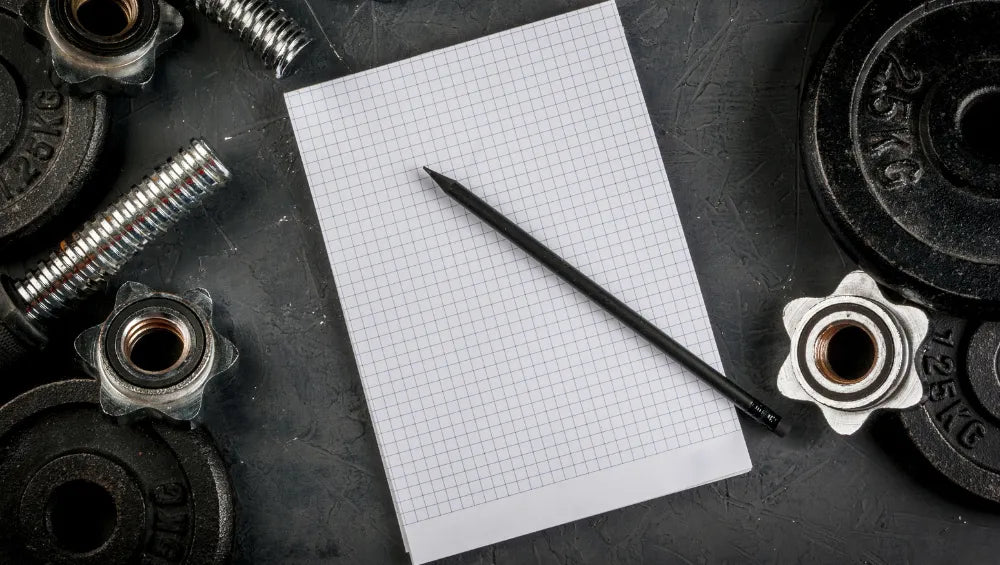Building muscle is a constant quest for many bodybuilders . Among the most effective exercises for strengthening the upper body, the supinated pull-up occupies a special place. This guide will help you understand this powerful exercise and maximize its benefits in your personalized bodybuilding program.
What is supination traction?
The supinated pull-up , also known as a chin-up , is a bodyweight exercise involving a horizontal bar from which a pull-up is performed using a supinated grip ( palms facing you ). The particularity of this movement lies in the position of the hands: The palms are turned towards you when gripping the bar. This so-called “supinated” grip allows a more intense contraction of the biceps compared to the pronated grip (palms facing out). This particularly solicits the biceps as well as the back muscles such as the latissimus dorsi. The importance of this variation lies in its ability to target the muscles in a unique way unlike the classic pronated pull-up.
The benefits of supine pull-ups
There are many benefits to incorporating the supine pull-up into your strength training routine:
- Bicep strengthening: Given the position of the hands, the exercise places considerable tension on the biceps, which promotes their growth and strengthening.
- Back Development: The back muscles are heavily activated during the performance of this exercise, contributing to a stronger and wider back.
- Improved grip strength: Supination requires a good grip on the bar, which increases forearm strength.
- Improved posture: By strengthening the back muscles, especially the trapezius and latissimus dorsi, this exercise helps improve your overall posture.
- Versatility: Easily adjustable in terms of difficulty, it is suitable for both beginners and advanced athletes.
Integrating into your bodybuilding routine
Incorporating supine pull-ups into your strength training routine provides variety and challenge. It is recommended to start with short sets if you are a beginner, then gradually increase the difficulty by adding repetitions or using a weighted vest. Including this exercise two to three times a week can lead to significant results in terms of strength gains and muscle volume.
Correct methodology to optimize results
To get the most out of this arm and back strengthening exercise , it is crucial to master the correct technique:
- Grasp the bar with a grip where your palms face each other.
- Start by hanging with your arms outstretched.
- Contract your biceps, bend your elbow and pull your body up until your chin is above the bar
- Hold the contraction at the top for a moment then slowly lower back down in a controlled manner.
- Slowly lower yourself back down in a controlled manner to the starting position.
Following these steps ensures adequate stimulation of the affected muscle groups while minimizing the risk of injury.
Common Mistakes to Avoid
A number of errors can compromise the effectiveness of the exercise and increase the risk of injury:
- Body swing: Avoid swinging your body to get up. This movement can lead to injuries and reduces the effectiveness of the exercise on the biceps, shoulders and back.
- Fast Ascend and Fast Descend: Perform each repetition in complete control, especially during the downward phase, to maximize muscular tension.
- Failure to respect the amplitude: Not descending completely or ascending sufficiently limits possible muscle gains.
- Incorrect body position: Excessive body swing leads to less targeted muscle work and can lead to injuries.
Always be careful to maintain strict form to fully reap the benefits of this exercise.
Variations and adjustments according to level
The basic exercise can be adapted to increase its intensity or modified for beginners:
- Superior Traction with Added Weight: For advanced users, adding weight via a weight belt or weighted vest can be very beneficial.
- Assistance Needed: With this variation, beginners can use an assisted pull-up machine or a resistance band to assist with the lift.
- Grip variation: Alternate between a wide and close grip to vary the intensity and muscles targeted.
These variations allow for constant and personalized progression adapted to individual needs and objectives.
Additional Resources in the Weight Room
Don't hesitate to talk to professional coaches or experienced instructors available in weight rooms to receive specific advice and tailored recommendations. Professionals can provide valuable follow-up, especially in correcting postures and planning training routines.
Consistency with diet and supplementation
Proper nutrition and support through appropriate supplements are essential to maximize the effects of the supine pull-up. Consuming sufficient quality protein is crucial for muscle recovery and development. Supplements such as creatine or BCAAs can also be beneficial. Consult bodybuilding supplement specialists to determine the best products for your specific needs.
Also, think about hydration. Water plays a key role in all bodily functions, including muscle recovery. Make sure you drink enough throughout the day.
Safety rules when practicing pull-ups
Ensuring your safety is essential for any sport, including supine pull-ups. Please note the following:
- Check the equipment: Before you begin your session, make sure the pull-up bar is securely attached and can support your weight.
- Proper warm-up: A good warm-up of muscles and joints reduces the risk of injury. Plan a few minutes of general warm-up followed by specific stretches for the arms and back.
Supination Traction: In Summary
These tips should help you master the supine pull-up and effectively integrate it into your strength training routine. By following the techniques, variations, and nutritional tips mentioned above, you're on your way to making significant gains in both strength and muscle development.








